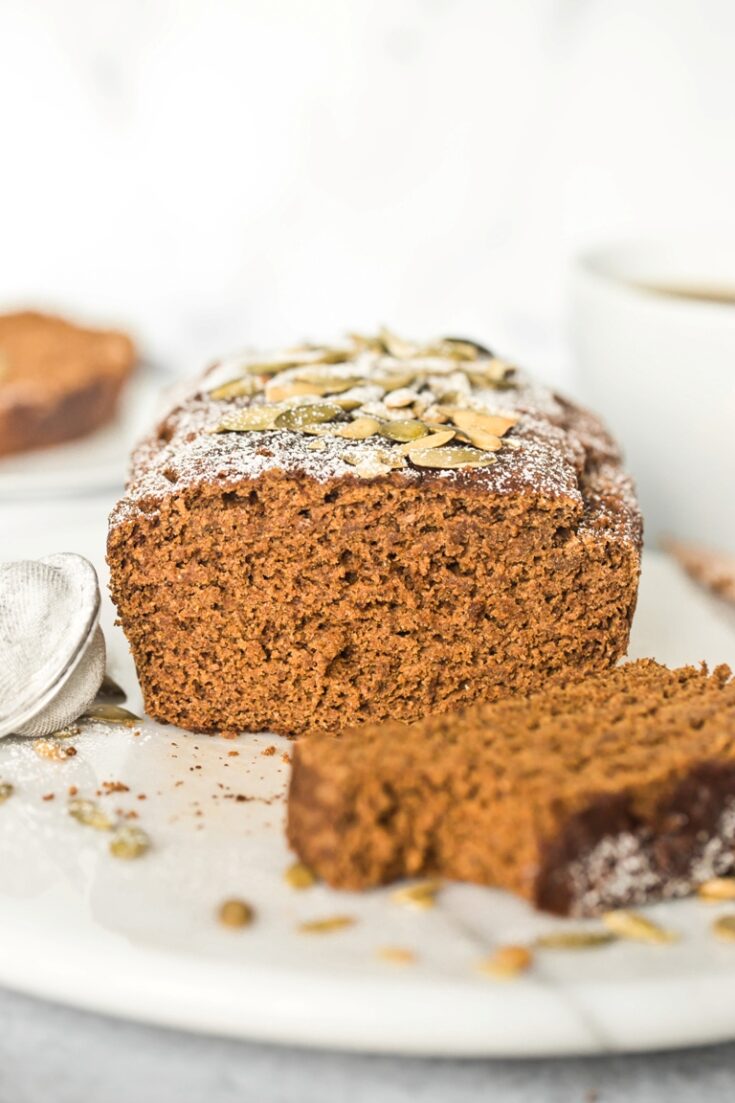Seeds contain all the nutrients and power to produce plants hundreds of times their size, and so it makes perfect sense to hijack that potential yourself by adding some to your diet.
Seeds are rich in unsaturated fats and much-needed vitamins and minerals. The question is really not whether you should get a little seedy, it’s which seeds you should go for – and the tastiest way to add them into your life.
Chia Seeds
The constant need to label anything and everything a superfood might have led to chia seeds’ benefits being overstated, but they are undoubtedly a nutritional powerhouse. A couple of tablespoons provide 10g of fibre – a third of your daily target – as well as plenty of healthy unsaturated fats and protein.
How to use them: Chia seeds are pretty much tasteless, so you can sprinkle them liberally over anything from baked goods to smoothies.
Pumpkin Seeds
A great source of a wide variety of vitamins and minerals, pumpkin seeds also contain plenty of protein and a boatload of unsaturated fats.
How to use them: Perhaps the most delicious of all the seeds, roast them up and add to porridge or a stir-fry, or sprinkle them with salt and gorge on the seeds by themselves. Although clearly this is the less-healthy option.
Sunflower Seeds
If it’s vitamin E you’re after, and any fans of healthy skin and eyes will be, sunflower seeds are your best bet in the world of kernels. A couple of tablespoons will net you over half your recommended daily intake of vitamin E, as well as a decent whack of protein and healthy fats.
How to use them: Like pumpkin seeds, sunflower seeds are a tasty snack by themselves, even if you don’t salt them. They also spruce up a fruit-and-vegan yogurt breakfast.
Hemp Seeds
The protein kings of the seed world, a couple of heaped tablespoons will net you 10g of the stuff, and like many of its seedy brethren, hemp is also chock-full of unsaturated fats.
How to use them: Hemp seeds can be added to bread and salads, but the truly adventurous might also fancy making their own hemp milk by blending the seeds with water.
Linseeds (also known as Flaxseeds)
A similar nutritional profile to chia seeds, providing a bounty of healthy fats, protein and fibre, but without as much hype, so linseeds are generally a bit cheaper.
How to use them: Linseeds have a nutty flavour and are an excellent addition to salads or porridge, or even a homemade coleslaw.
Written by Nick Harris-Fry for Coach and legally licensed through the Matcha publisher network. Please direct all licensing questions to legal@getmatcha.com.
5 Plant-Based Recipes Using Pumpkin Seeds
These delicious and nutritious plant-based pumpkin seed dishes are full of flavor your whole family will love.

Weight Loss
Nuts and seeds are an excellent source of essential nutrients while also containing antioxidant and anti-inflammatory compounds; these can be beneficial for long term health, but if you are looking to shed a few pounds, you might want to try and eat them in moderation.

Stephanie Collazo, MS, CHC is the founder of Clean Food Mama, to help you get more plants into your diet. She shed 170 lbs by incorporating a whole foods plant-based diet and loves empowering other women to create healthy habits for themselves and their families.








